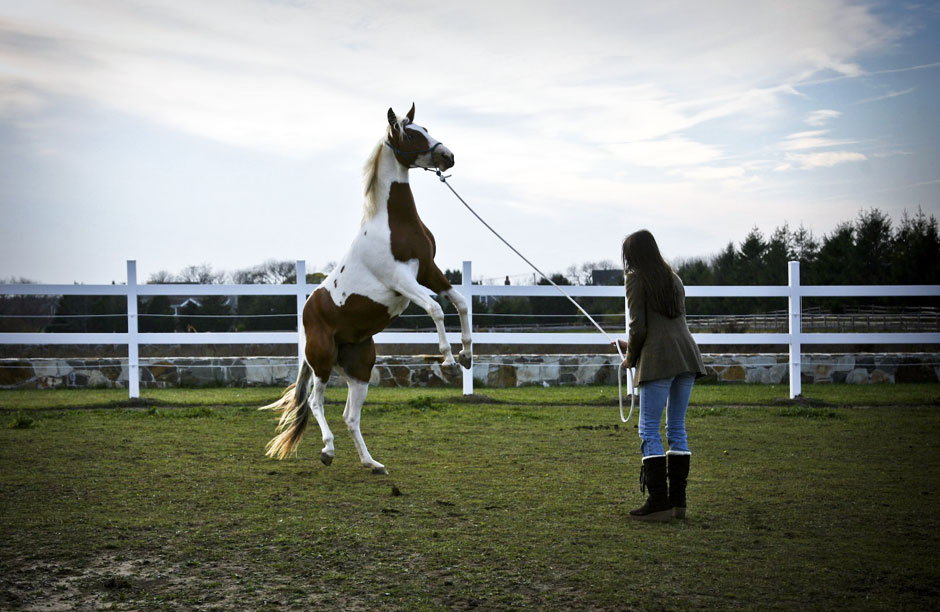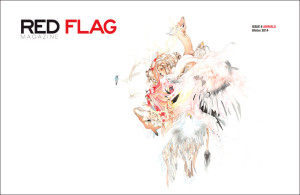Letter From The Editor
By Nicole Davis

When I first learned about the theory of “mutual aid,” I was surrounded by a herd of black horses in the hot Arizona desert. I was taking an apprenticeship course in Equine Facilitated Learning from renowned author, horse trainer and founder of Eponaquest, Linda Kohonav. We were gathered at her ranch and she was reading an excerpt on the theory of “mutual aid” from her most recent book The Power of the Herd: A Nonpredatory Approach to Social Intelligence, Leadership and Innovation.
“Ask Nature,” she read, “Who are the fittest: those who are continually at war with each other, or those who support one another?” These were the words of Russian Prince Pyotr Alexeyevich Kropotkin, a scientist and evolutionary theorist. In 1902, Kropotkin published a book titled Mutual Aid: A Factor of Evolution in response to Darwin’s groundbreaking On the Origin of Species (1859). Kropotkin set off to study wildlife in the remote regions of Siberia, Manchuria and the Eurasian Steppes with the intention of contributing further evidence in support of Darwin’s theories of evolution. In the opening of Mutual Aid, however, Kropotkin wrote, “I failed to find – although I was eagerly looking for it – that bitter struggle for the means of existence, among animals belonging to the same species, as the dominant characteristic of the struggle for life, and the main factor of evolution…” Instead, he found that animals in the wild use cooperation, socialization and what he called “mutual aid” to survive the challenges that could have threatened the lives of the weakest members of their species and left only the “fittest” to pass along their genetics.
I had never heard of Kropotkin or the theory of “mutual aid”, but after spending that past nine months closely studying the way horses thrive, I knew in that moment that his words were truer than anything taught by those who believe in “social Darwinism” or the type of power that is achieved through force and dominance. In fact, I had come to the apprenticeship to surrender an old power paradigm that I was guilty of: dominance over my horse.
For me, the Animal Issue began when my horse, Menina, was born. My friend adopted a mare from a rescue farm, whom she later found out was pregnant. Unable to care for more than one horse she offered me whatever creature was growing inside her mare – even if it turned out to be a mule. I had always dreamed of owning my own horse, and so I took a gamble and waited. Ten months later a perfect filly with patches of chestnut and white was born. I named her Menina, which means “my little girl” in Portuguese. I watched in awe as she took her first poop and searched tenderly for her mother’s milk. A week after she was born I put a halter on her, then a lead rope and began teaching her how to be what I believed was a “horse”. When she was a yearling, I weaned her off her mother and brought her to another farm. When she turned two, I took her out from pasture and put her in her first barn stall to begin training her. And so it went, until the day I finally rode her just after her third birthday.
Riding my horse should have been a victory for me, but when I finally did it felt very different. Something had shifted. During the three years I had been domesticating my horse there was an exchange going on. Something wild was being trained, or rather untangled within me. I was clocking in daily hours at the barn, spending time in poop and muck and often watching the sunrise and sunsets during her feedings. I broke bones and gave up on manicures. I found myself accepting more, noticing more and feeling more. I couldn’t talk to her, so I had to learn how to communicate nonverbally with her. Soon, with the new language I was learning, I wasn’t just communicating with my horse, but with birds, with trees and each being I encountered in nature. The more I became challenged by my obstinate horse – whom it appeared did not want to be trained – the more I looked to nature for the secret on how to reach her. By the time I found myself riding high astride her back I no longer felt entitled enough to be on top. I missed the ground.
This is what the Animal Issue is about: noticing more and learning a new language that crosses the species line. It’s about coming back to ground – back to our roots – where there is something to be learned and understood from each creature and natural thing – even the very dirt itself. In the Animal Issue, as always, we couldn’t cover it all, but we went far and wide to bring the voices of artists, activists, naturalists, and authors from all over the world. This is our first print edition. We really wanted you to be able to hold this issue in your hands and use it like a compass to navigate a new way of relating to the animal kingdom. There are more exclusive stories and documentaries also available on our website.
I thank you all for your support and community.
Enjoy the journey,
Nicole Davis
Founder, Red Flag Magazine
